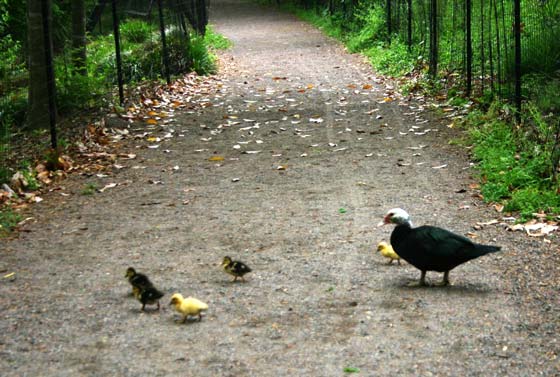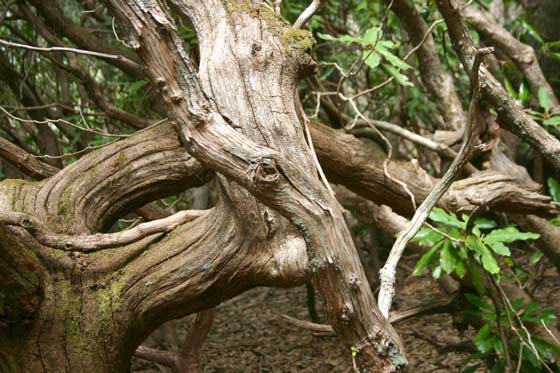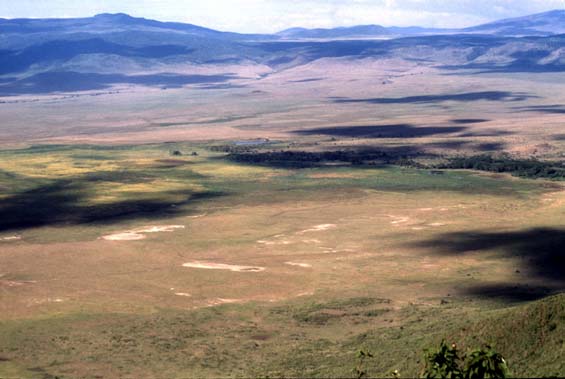Musings

On today’s visit to Piedmont Park, we saw Madame Mallard, with her brood of three active youngsters, making their way along the shoreline flitting and investigating every little thing. Even Madame had a difficult time being very interested in Mary Jo’s stick, although she tried hard to seem enticed. The little guys, however, just ignored the outstretched hand.
No doubt they will soon learn.
Posted at 5:01 PM |
Comments Off on Mallard four

Today, Mama Duck took the family for a perambulation, to teach the young’uns how to provide for themselves and all, and met us on the river path at Piedmont Park. The ducklings readily hopped through the fence, but Mama had to find the way around, poor stressed out Mama that she was!
Posted at 7:49 PM |
Comments Off on Muscovy family


The kind of chestnut I dream about these days….
When I walk in the Southern woods, like we did last Sunday, I look at downed tree-skeletons and wonder if this or that specimen is a chestnut. Most were taken by disease years ago, and the forests were combed for their wood, because it is so fine. You still see the occasional American Chestnut, but it is almost always less than twenty years old (or so), ’cause after that, the disease downs them, even today.
Indeed, the missing chestnuts and passenger pigeons make today’s Southern forests quite different than those of the precolumbian past.
Posted at 3:48 PM |
Comments Off on Chestnut dreams

Hedyotis/Houstonia caerulea, bluet.
I saw a blooming lilac! My standout memory of yesterday’s NC hike was seeing, flashing by at highway speeds, huge lilacs in two different yards. Down here, as I understand it, we don’t get cold enough weather for lilacs to bloom, so no one plants them. I have seen a dwarf variety at the Botanical Garden that does bloom here, but I find the reduced shrub-shape rather unsatisfying.
We also had a ruffed grouse (I think) cross the road, relatively unconcerned at our appearance from around the curve. It looked like a hen, and was travelling alone. No photo.
Those had to be the species high-points, along with the bluets that lined the AT here and there.
Posted at 4:27 PM |
Comments Off on Trail favorites

When jcb and I were concocting a place to hike today, we thought about Black Rock Mountain State Park, but then realized there was a good chance that people attended sunrise services there, and it’d be super-crowded, so we pondered another option—Pickens Nose, up in NC.
Neither of us had been there, so after picking Pickens Nose (har har), we headed that way. We discovered the walk up from the road to the summit is not long, and passes through a “cavern” of rhododendrons, with the buds still small and closed, just gorgeous!
What we didn’t realize is that the area is criss-crossed by enticing trails, and not many roads—how did we miss this? So, after strolling up the Nose (never sure which outcrop that was, nor if we could see it from the crest), we headed down the road to the next gap, parked again, then set off on a stretch of the AT. We skirted Big Butt (no lie!), and the next peak, all on the AT, then, feeling virtuous (and perhaps a bit tired), we returned to the car via the road.
Nevertheless, at this point I’m fried, so stand by for another installment later….
Posted at 9:22 PM |
Comments Off on Slick “cavern�?

Right now we’re seeing the last of the pink dogwoods and the azaleas, while the irises are full on.
Lilies—the only ones I’ve seen are from the florist and in pots.
Posted at 10:22 PM |
Comments Off on Dogwood march

Impala setting: Tanzania (whereas Salthill is in the Hudson Valley).
Abigail sees the women of Salthill, her sisters: all of them beautiful. Strange, that all are beautiful. The plain have been transformed into beauties by the magic of affluence. … Meringue hair, glaring cosmetic faces, piranha smiles, jewels that wink like semaphore signals. That commingled drunken smell of myriad perfumes.
Doesn’t Joyce Carol Oates nail it? Aren’t you transported to this country club ladies luncheon?
This is from Middle Age: A Romance (2001).
Given the prominence of assorted female characters in this tale, and the pivot of a male character, I keep thinking of John Updike’s 1984 The Witches of Eastwick, although the tales are quite dissimilar.
Posted at 5:37 PM |
Comments Off on Piranha smiles…

Ngorongoro Crater, filtered by the plane’s scratched window.
I approach information I find on the web with, I think, informed skepticism. I don’t trust it unless I have confidence in its source. I am especially vigilant about Wikipedia, although I think it’s a wonderful idea.
So, browsing the other day, considering the term marches, meaning borderlands, I wondered what had been posted on the Wikipedia, since my usual sources were skimpy on the topic (especially the cascade of Chase-Dunn and Hall papers, and citations of them, and their new friend Turchin—more on the latter in a coming post, I suspect).
Shazzam! Jackpot!
I think!
This sure sounds good:
Mark or march (or various plural forms of these words) are derived from the Frankish word marka (“boundary”) and refer to an area along a border, e.g. the borderland between England and Scotland. During the Frankish Carolingian Dynasty, the word spread throughout Europe. In contrast to a buffer zone, a march usually clearly belongs to the territory of one state, and rather than being demilitarized, it is especially fortified for defense against the neighbouring country.
The Frankish word marka comes from Proto-Germanic marko, which itself comes from the Proto-Indo-European root *mereg-, meaning “edge, boundary”. The root *mereg- gave Latin margo (“margin”), Old Irish mruig (“borderland”), Persian marz (“border, land”), and indeed even English “mark”. It seems in Old English “mark” meant “boundary”, or “sign of a boundary”, and the meaning later evolved into “sign in general”, “impression or trace forming a sign”. The word “march” in the sense of borderland was borrowed from French marche, which had borrowed it from Frankish.
Boundary areas have different histories than neighboring regions, different tensions and economies. Their affiliations may be strong, weak, or, more frequently, fluctuating. Yet, activities in boundary regions have a great effect on core regions nearby. Hence my interest….
Posted at 5:17 PM |
Comments Off on Non-Sousa marches

Don’t fall! This was years ago….
It seems to me that fundamentalist Christians in this country, now a potent force in both local and national political factionalism, define the world in black and white: you’re either with us or against us. The corollary to this is: we only cooperate with those who are for us.
One of the saddest, most depressing, results of this position, is that considerable dialogue is devoted to pointing fingers at those who differ from the fundamentalist position in any way.
The upshot is our politicians face considerable pressure, maybe more from non-constituents and from constituents, to avoid aligning on any issue with those who in some way differ from the fundamentalist position. This weakens our whole system, which works best for all if allegiance is to the constitutency rather than the party or a proxy for the party like a faction.
Vocabulary: kleptocracy—national system in which powerful government officials skim funds from national business
However, I do not mean to insinuate that US fundamentalist Christians participate in or favor a kleptocracy….
Posted at 10:22 PM |
Comments Off on Cooperative behavior


Here’s how pork becomes cheese: the congressman funnels your tax dollars (well, yours if you pay them to NY state) to support a cheese museum. Just what Rome needs! In this case, Rome, NY. This isn’t all; the public outflow began with $175,000, twenty years ago.
However, NY state has another cheese museum, too, one in Cuba. That one got a mere $5000 from state coffers.
Apparently, neither are solvent and both are closed for the winter.
What similar projects are going on in your state?
When will we talk about this kind of sanctioned graft in our country?
Posted at 10:22 PM |
Comments Off on Pork cheese











